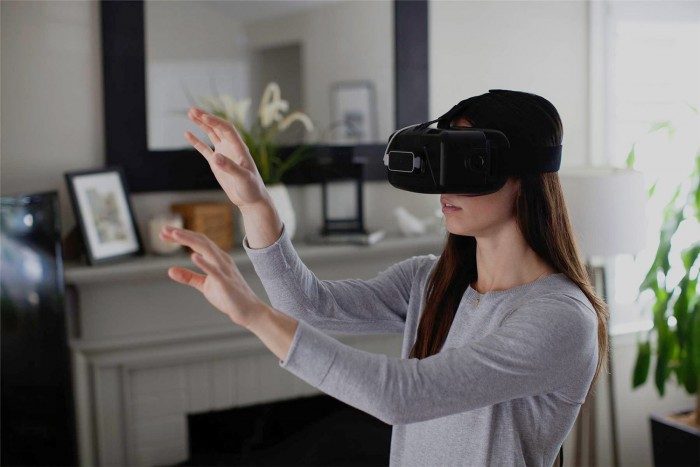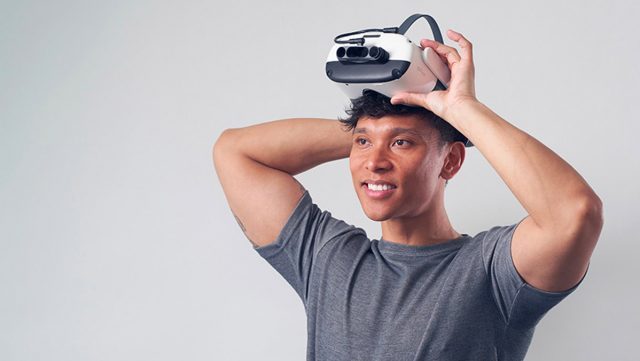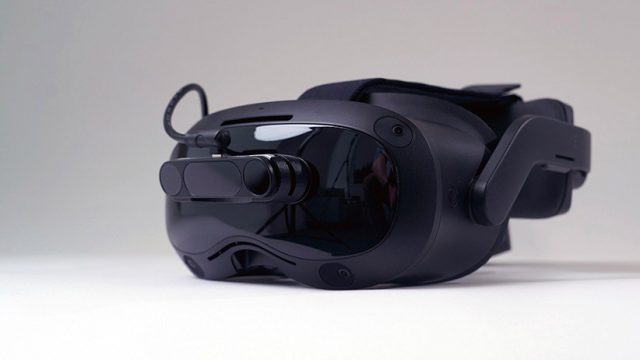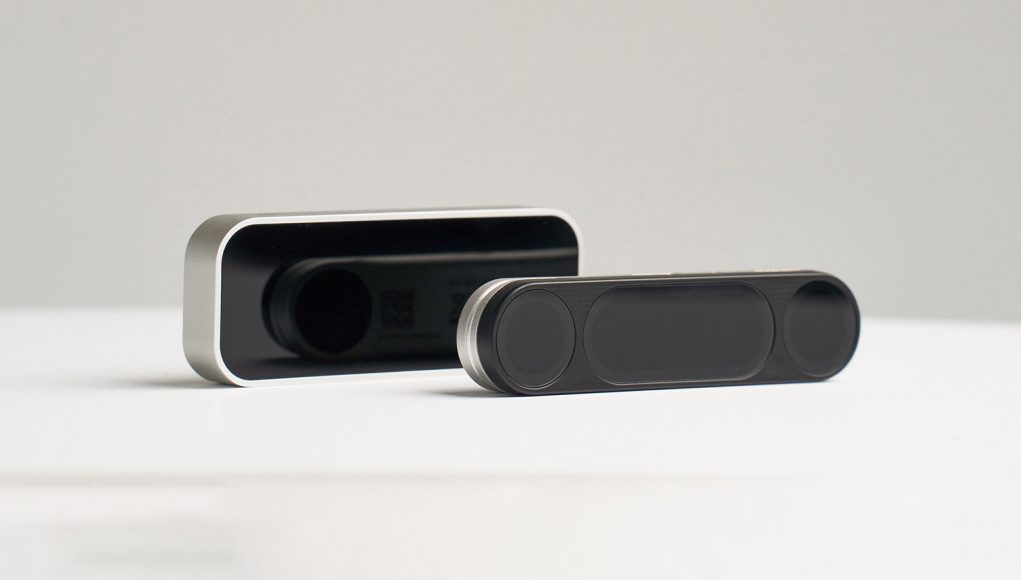10 years after the launch of Leap Motion—which garnered praise for offering some of the best hand-tracking in the industry—the company has announced a next-generation version of the device which now supports standalone XR headsets in addition to Windows and MacOS.
Years before the modern era of VR, Leap Motion set out to build a hand-tracking module that it hoped would revolutionize human-computer interaction. Launched initially in 2013, the device was praised for its impressive hand-tracking, but failed to find a killer use-case when used as an accessory for PCs. But as the VR spark began anew a few years later, Leap Motion’s hand-tracking started to look like a perfect input method for interacting with immersive content.
Between then and now the company pivoted heavily into the VR space, but didn’t manage to find its way into any major headsets until well after the launch of first-gen VR headsets like Oculus Rift and HTC Vive (though that didn’t stop developers from attached the Leap Motion module and experimenting with hand-tracking). Over the years the company kept honing their hand-tracking tech, improving its software stack which made hand-tracking with the first generation of the hand-tracking module better over time.

(It should be noted that Leap Motion was once both the name of the device and the company itself, Leap Motion was merged with another company to form Ultraleap back in 2019.)
More recently the company has built newer versions of its hand-tracking module—including integrations with headsets from the likes of Varjo and Lynx—but never sold that newer hardware as a standalone tracking module that anyone could buy. Until now.
Leap Motion 2 is the first new standalone hand-tracking module from the company since the original, and it’s already available for pre-order, priced at $140, and expected to ship this Summer.
Purportedly built for “XR, desktop use, holographic displays, and Vtubing,” Ultraleap says the Leap Motion 2 is its “most flexible camera ever” thanks to support for Windows, MacOS, and standalone Android headsets with Qualcomm’s XR2 chip.

From a specs standpoint, the company says the new tracker has “higher resolution cameras, increased field-of-view, and 25% lower power consumption, all in a 30% smaller package for optimum placement and convenience.”
Ultraleap says that Leap Motion 2 will give developers an easy way to experiment with high-quality hand-tracking by adding it to headsets like Varjo Aero, Pico Neo 3 Pro, and Lenovo’s ThinkReality VRX. The company also plans to sell a mount for the device to be attached to XR headsets, as it did with the original device.

And with the launch of this next-gen hand-tracking module, Ultraleap says it’s moving on from the original Leap Motion tracker.
“Existing customers [using the first Leap Motion module] may continue to access the latest compatible software including the soon-to-be-released Gemini for macOS. Support will also continue to be provided. Future versions of the software will not deliver any performance improvements to the original Leap Motion Controller device,” the company says.
Ultraleap said it has sold more than 1 million Leap Motion trackers to date, with some 350,000 developers having build apps and experiences using the company’s hand-tracking tech.







